This is the perfect month to incorporate candy into your reading, writing, and math lessons. Halloween is just a few weeks away and you can just *feel* their giddiness! In this post, I will share how I used candy for a close reading and science lesson.

To begin, gather some sugary treats, some articles/books about sugar, and a few supplies for the science experiment.
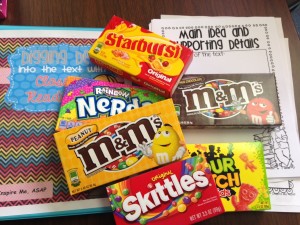
I began with a close reading of the Sugar Shock article from Time for Kids. If you do not have a subscription for TFK, you can easily find some articles for your students. Start by looking at www.newsela.com. Newsela is a WONDERFUL resource to print texts- for FREE! The texts are leveled by Lexile level and they are varied based on the topic you select.
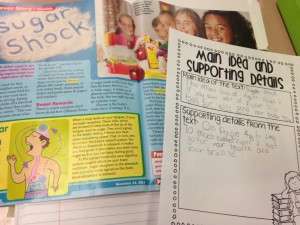
We focused on identifying the main idea of the article and using supporting details from the text. Once we had some background knowledge about sugar, we then had our own little experiment. I bought sugar cubes and different types of candy to experiment with- Nerds, Peanut M &M’s, M&M’s, Skittles, and Sour Patch Kids.
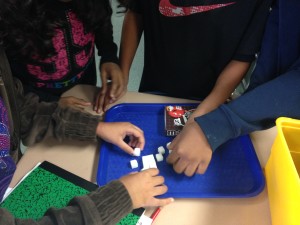
We learned that one teaspoon is equivalent to 4 grams of sugar. When I have done this experiment in the past, my students used a teaspoon to measure how many grams of sugar their food contained. This year, I used sugar cubes. Each sugar cube represents approximately 4 grams of sugar.
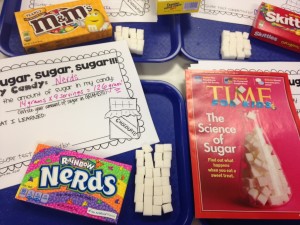
I divided up my students into groups and each group was given a candy to test. The students worked together to find the total amount of sugar in their entire box of candy. Then, they measure out how many sugar cubes would represent that amount of sugar.
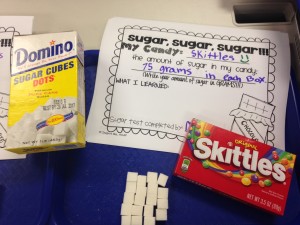
The results are shocking! Jaw-dropping, eyes popping craziness!
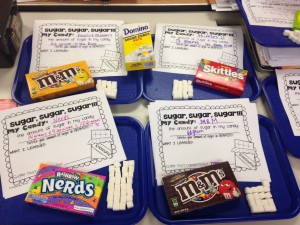
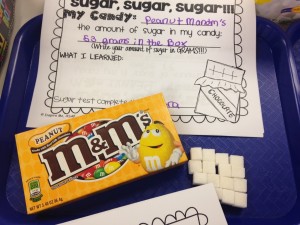
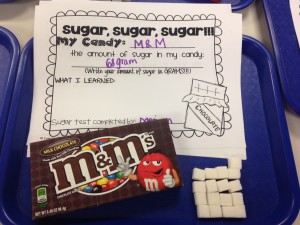

After we did this little sugar experiment, we then read another article about sugar. We compared the information in both articles and identified the author’s message.
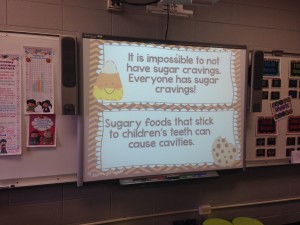
We continued our lesson by reading different sentences about sugar and determining if that statement was true or false. I displayed each of the sentences up on the SmartBoard. Each student had a “true” and “false” sign that they cut out. One at a time, a student read a sentence to the class.

After carefully listening to the sentences, the students held up the true card if they thought the statement was true and the false card if they thought the sentence was false. This is a great way to keep all the students actively engaged and focused throughout the entire lesson. At the same time, it allows the teacher to observe throughout the entire lesson.
My students always to great until they get to THIS statement: The average American child eats 116 POUNDS of sugar every year.
((((((( Quick! What do YOU think?? )))))
It’s TRUE
Would you like to use this lesson with your students? Check out this resource below:
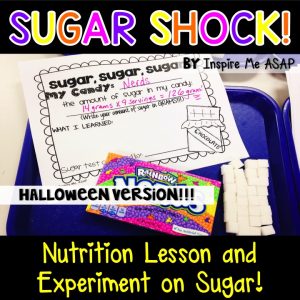
File Description: Discover the role sugar has on our bodies in this interactive lesson.
This file includes:
* Non-fiction article that highlights the harmful effects of sugar
*Detailed directions about the sugar shock experiment
*Note home requesting sugary treats to “test”
*Student activity printables
*True/False statements (in color) with answer key
*Dear Humans, Love Sugar: Writing from the first person point of view
Click HERE to purchase this resource on Teachers Pay Teachers.
Save 10% by purchasing this resource directly from my website.




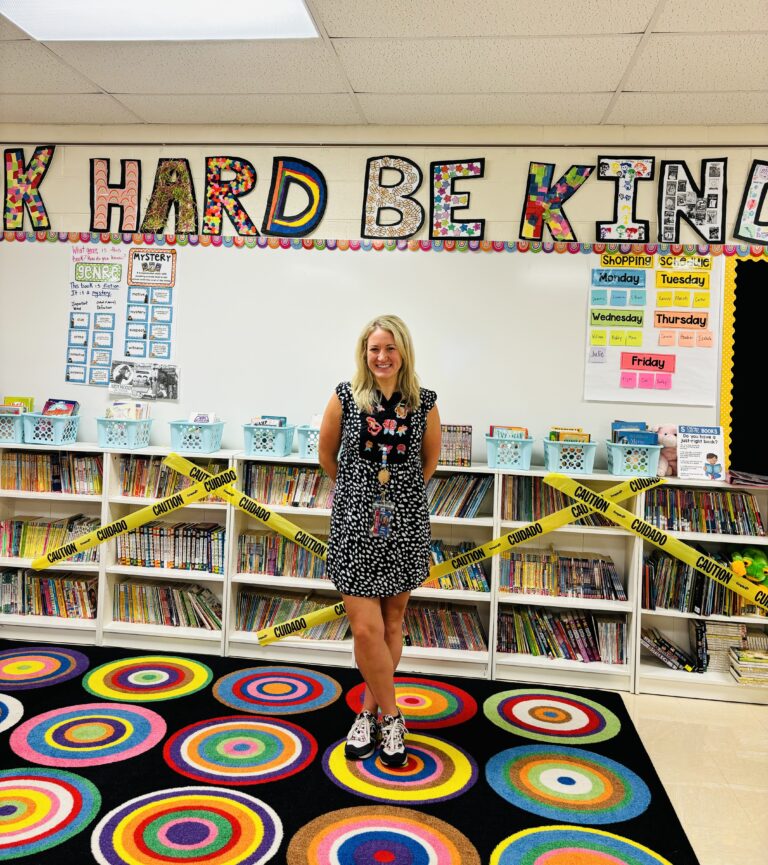



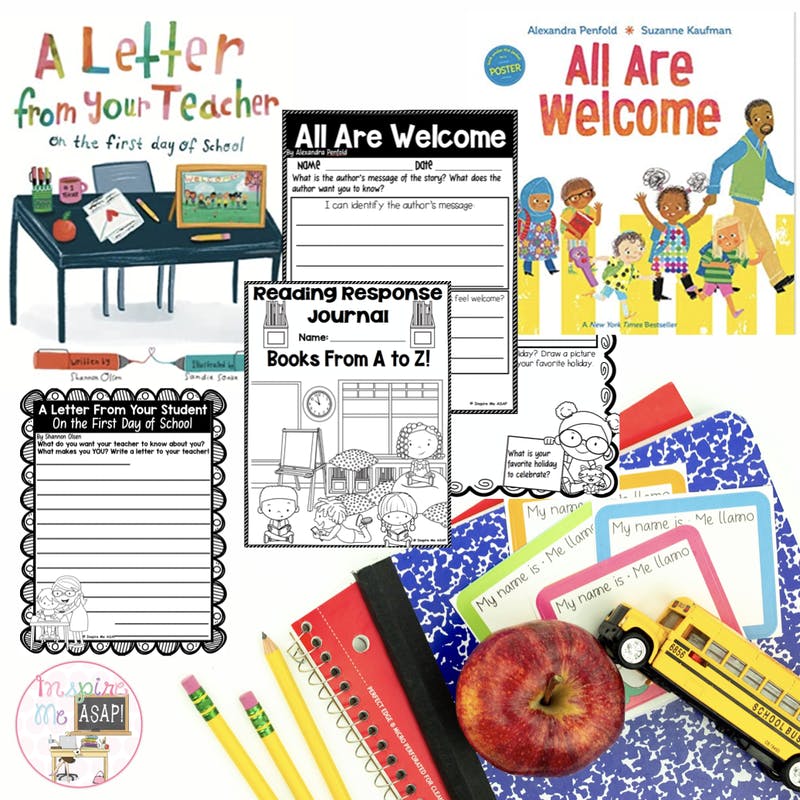
3 Responses
Love your experiment with sugar. Going to try with my Pre-K kiddos. Think they will love it too. They are really into science this year. Can’t wait to try it. Thank you.
What issue was the Sugar Shock article in on TFK? I can’t find it :) thanks!
Hi Stacy,
It was an issue from last year! I will check the month at school tomorrow…